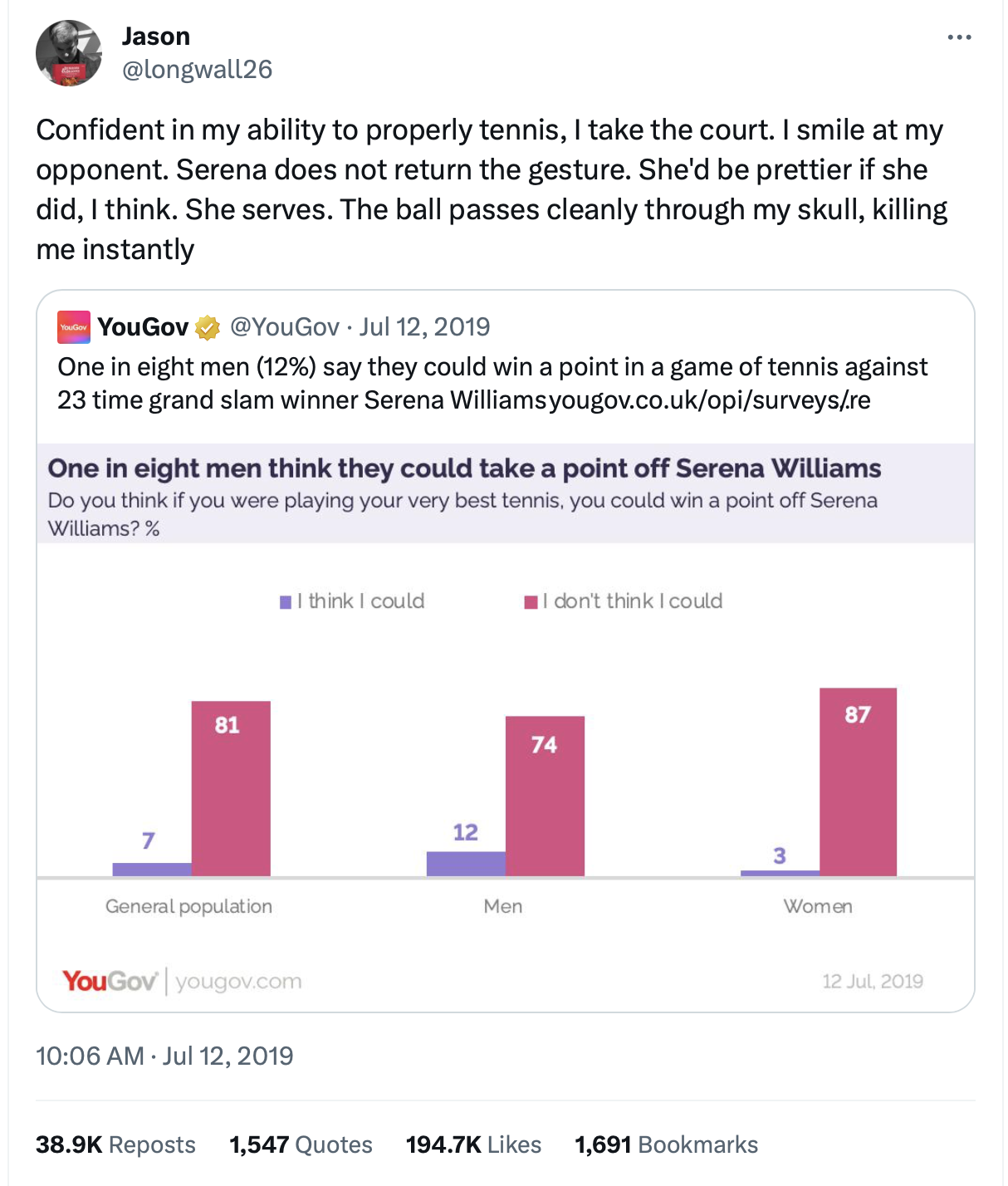I went through this in two sittings, and sorta split it into the two key components as I was doing so.
The first part is, broadly, the ‘introduction,’ but while there’s a couple pages of usual “introduction to this book” type material, what it really works out to is an introduction to the dairy-free life. And, really, it’s the thing I wish I’d had available when I was just starting to figure out this “if I stop eating any dairy I’ll stop being sick all the time!” thing. There’s a line in there about taking six months to just sorta get used to it and start feeling confident in doing so, and that really struck me, sitting as I am on the other side of that line. Having that reassurance back at the beginning would’ve been helpful, as well as the general tips and tricks on how to do it. Although, admittedly, this is written from the perspective of someone with a severe dairy allergy, whereas I’ve just got a severe cow’s-milk intolerance, so some of the things I can ignore. I don’t need a recipe for a non-dairy goat cheese, both because I don’t actually care for the categorical ‘goat cheese’ taste… and I can just eat actual goat cheese, so long as it’s fully goat and not a blend.
The second part is the recipes, and this is where I played myself, a bit. “I’ll just read a little bit of this before bed,” I thought. Like a fool. Instead of some relaxing browsing to wind down, I instead sat there jotting notes about which recipes I’d like to try and what pages they were on. There was an audible gasp when I got to the ricotta recipe, and when I later got to béchamel I drew an arrow across the page, an excited “lasagne!!!” for emphasis. Because whilst I have mostly gotten used to this whole thing, the process of—to paraphrase the book—mourning the foods I grew up eating and can no longer have would certainly have been easier if there were slightly-higher-effort versions of some of my favorite comfort foods that I can still eat.
So hey, this is a super cool cookbook! If you’ve got a dairy allergy, or intolerance, or want to go vegan but just can’t survive without ice cream or lasagne, check it out.1 There’s a great deal of gluten-free and nut-free variations, too, making it a great resource for anyone trying to maintain an allergy-sensitive kitchen.
- This is a Bookshop affiliate link – if you buy it from here, I get a little bit of commission. It won’t hurt my feelings if you buy it elsewhere; honestly, I’d rather you check it out from your local library, or go to a local book store. I use Bookshop affiliate links instead of Amazon because they distribute a significant chunk of their profits to small, local book stores. ↩

